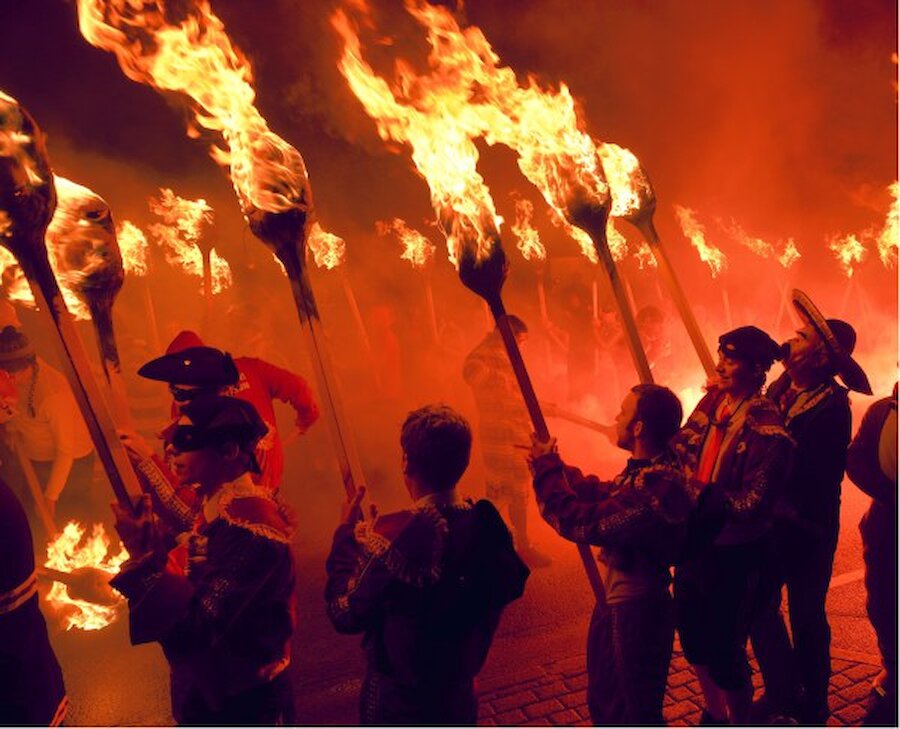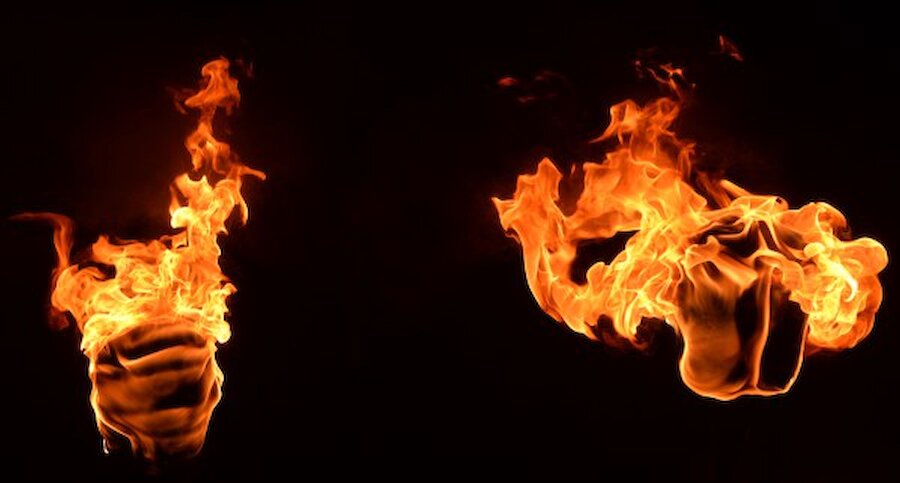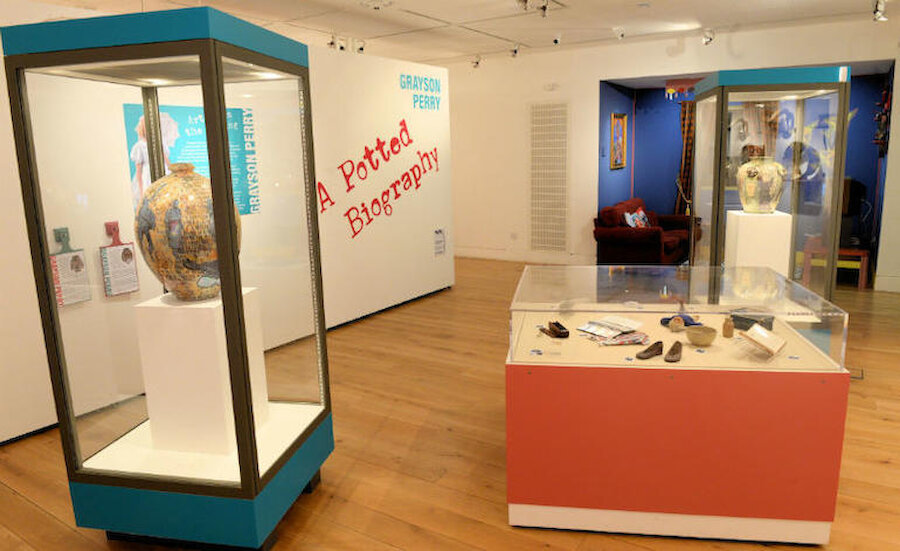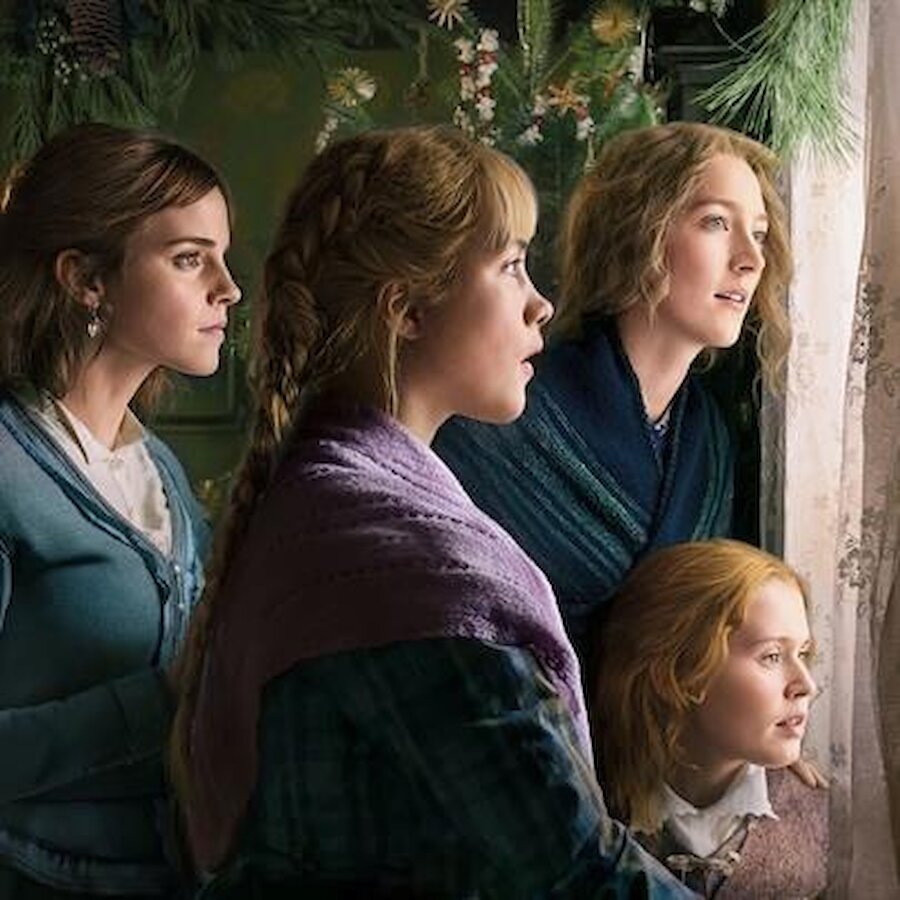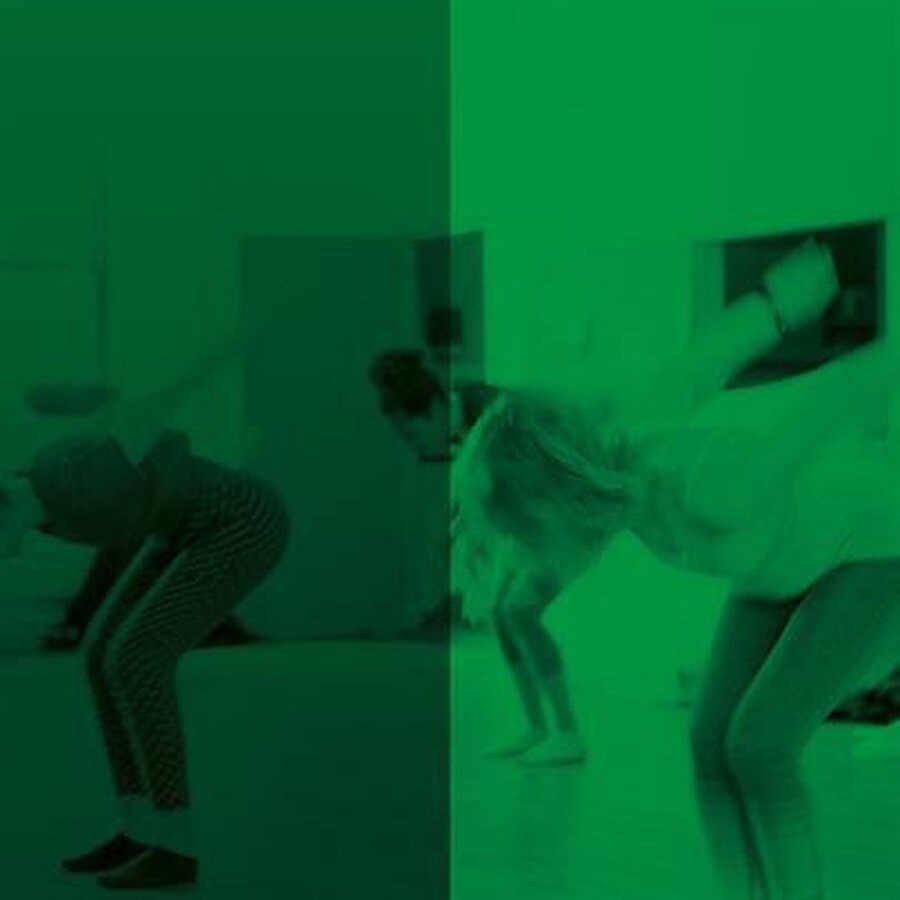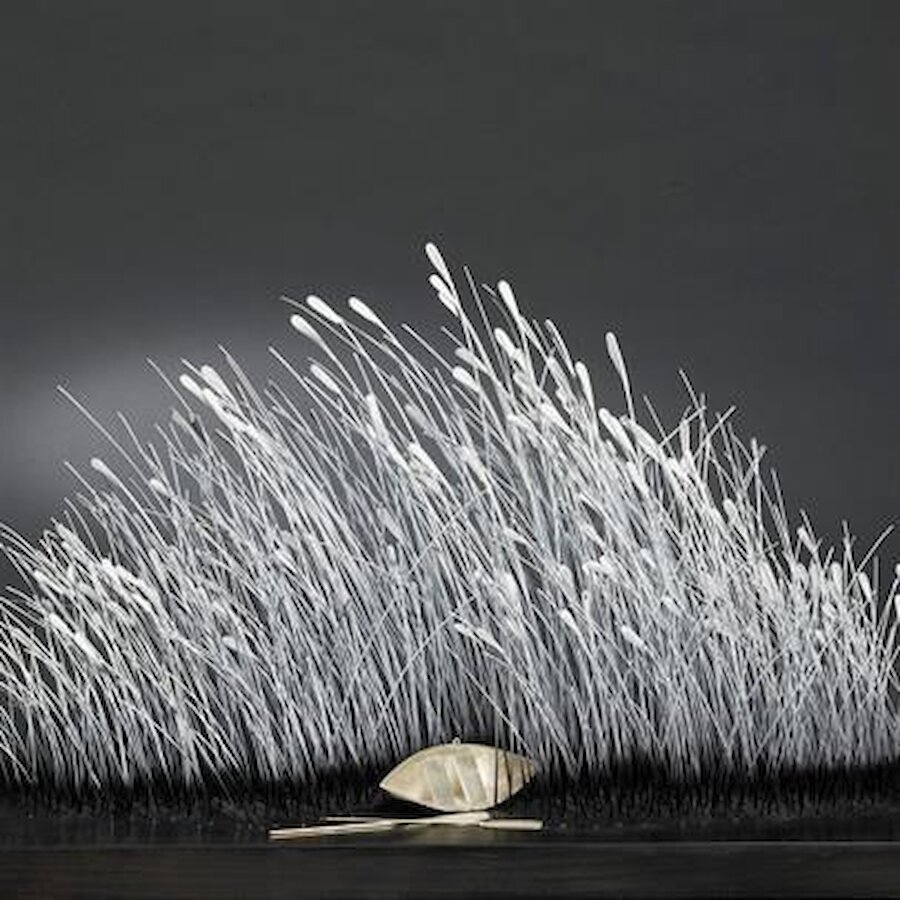Visual arts aren’t forgotten in January. At the excellent Bonhoga gallery in Weisdale, about twenty minutes’ drive north-west of Lerwick, a new show opens on 25 January and runs for two months. Ultima Thule tells a timeless story spanning centuries, of migrants fleeing from war and persecution or seeking a better life for loved ones. It features the work of Lucy Woodley, who studied jewellery at Gray's School of Art in Aberdeen, graduating in 1992. She later ran a successful jewellery business, but she now concentrates on sculptural works for galleries and private commissions.
Visitors, or people considering a move to Shetland, are often curious to know what there is to do in the islands. This monthly diary aims to give some idea of the range of activities and events that take place, but it can only offer a taste of what’s on offer. There are many more local events throughout the islands, ranging from crafting sessions to film quizzes or debate nights.
Local clubs and societies are active all year round and cater for all ages; you can gain some idea of their scope from the Shetland Community Directory. There are many evening classes, too; they cover a wide range of topics ranging from dressmaking to geology, screenwriting to Spanish, and many more.
The truth is that we’re never short of things to do!


